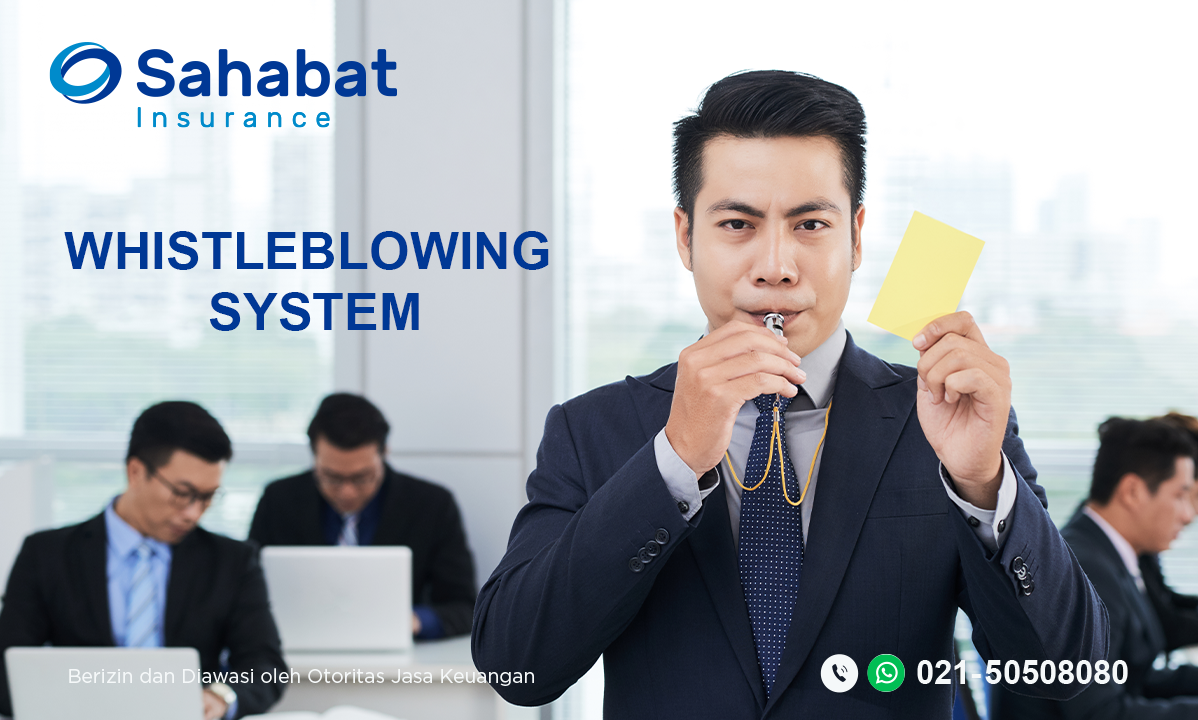Whistleblowing System
Terakhir Diubah : 03:13:03 - Thursday, 04 May 2023

In order to support Good Corporate Governance, especially in the implementation of the Anti-Bribery Management System within the Company, Sahabat Insurance provides a channel for conveying information regarding indications/allegations of integrity deviations which can result in fraud, abuse, corruption, collusion, nepotism, gratuities, price inflation. or budget, bribery, money laundering, embezzlement, extortion, and other conflicts of interest that will/have been committed by employees or Company Business Partners.
Reporting of violations is addressed to the Whistleblowing Team and submitted in writing via the whistleblowing media as follows [email protected];
Whistle blowers can report indications/allegations of violations through the Whistleblowing System with the following terms and conditions:
- Include valid evidence in the form of data, clear information on the occurrence of violations in connection with the indications/allegations of irregularities previously mentioned.
- Reports are made in good faith and are not a complaint against a person, a particular company or slander.
- The reporter must provide complete information about his identity to facilitate communication including full name, telephone number or email address where he can be contacted.
Sahabat Insurance maintains the confidentiality of reporting data from unauthorized parties and provides:
• The confidentiality of the identity of the reporting person is ensured as well as
• The confidentiality of the information.

 Indonesia
Indonesia
